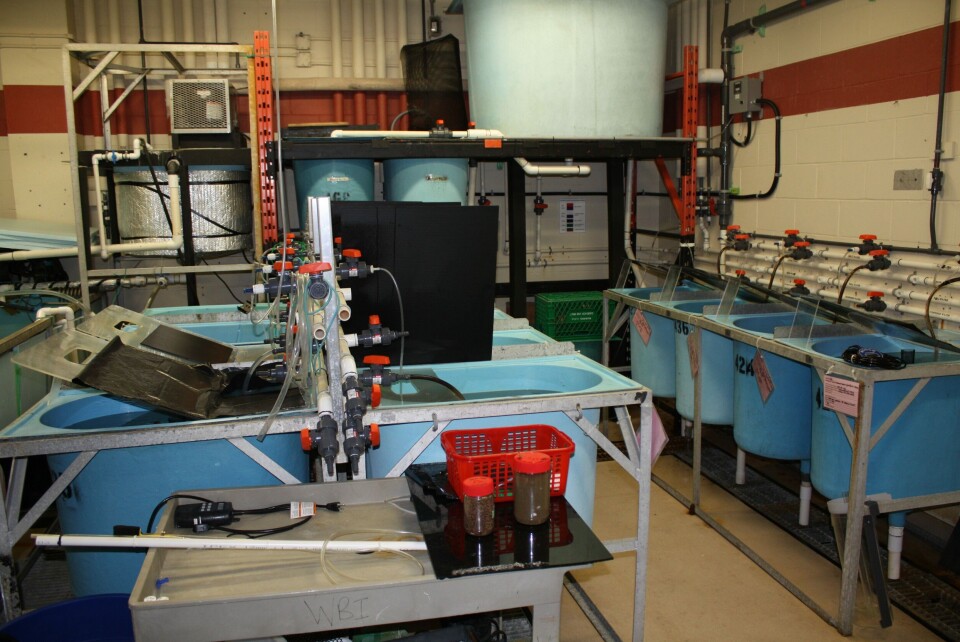
New Zealand opens new aquaculture laboratory
Odd Grydeland
With over a hundred guests from government, industry, aboriginal groups and academia, the new centre was opened last week by the New Zealand Minister for Fisheries and Aquaculture Phil Heatley as Lyle McMahon of The Sun reports;
Minister of Fisheries and aquaculture, Phil Heatley, officially opened a Tauranga based aquaculture laboratory on Friday afternoon. The laboratory, named Ahumoana a Toi, is a Bay of Plenty Polytechnic facility that will forge close links with the aquaculture industry and train those wanting to work in the sector. BOP Polytechnic CEO, Dr Alan Hampton, says aquaculture is the fastest growing primary industry in the world. “The facility is one that will not only provide the ability for staff and students to carry out research, but more importantly I see it as a facility for industry,” says Alan.
He says New Zealand’s aquaculture exports are worth about $300 million (~€ 165 million) currently but will increase to about $1 billion (~€ 549 million) by 2025. Phil told the audience at the official opening that the opening of the laboratory is a sign that the Bay of Plenty is taking advantage of its natural resources. “With regions like yours, that are already picking up the ball and valuing the marine environment you have.”
Phil also used his speech to allay the fears of those who think the industry may have a negative impact on the environment. “For those worried about the environment, they need to remember that there is nothing more sensitive to poor water quality than an oyster.” “Should you ever hear a Green Party member raving, think about the common oyster that needs high water quality or we would all get poisoned.”
Alan says education remains an important component of this facility and teaching resources will be relevant to current industry standards producing industry ready students. “The research capability will also be significantly enhanced and allow the polytechnic to be able to quickly respond to the aquaculture industry’s changing demands.”






















































